The Evolution of Glamour in Fashion
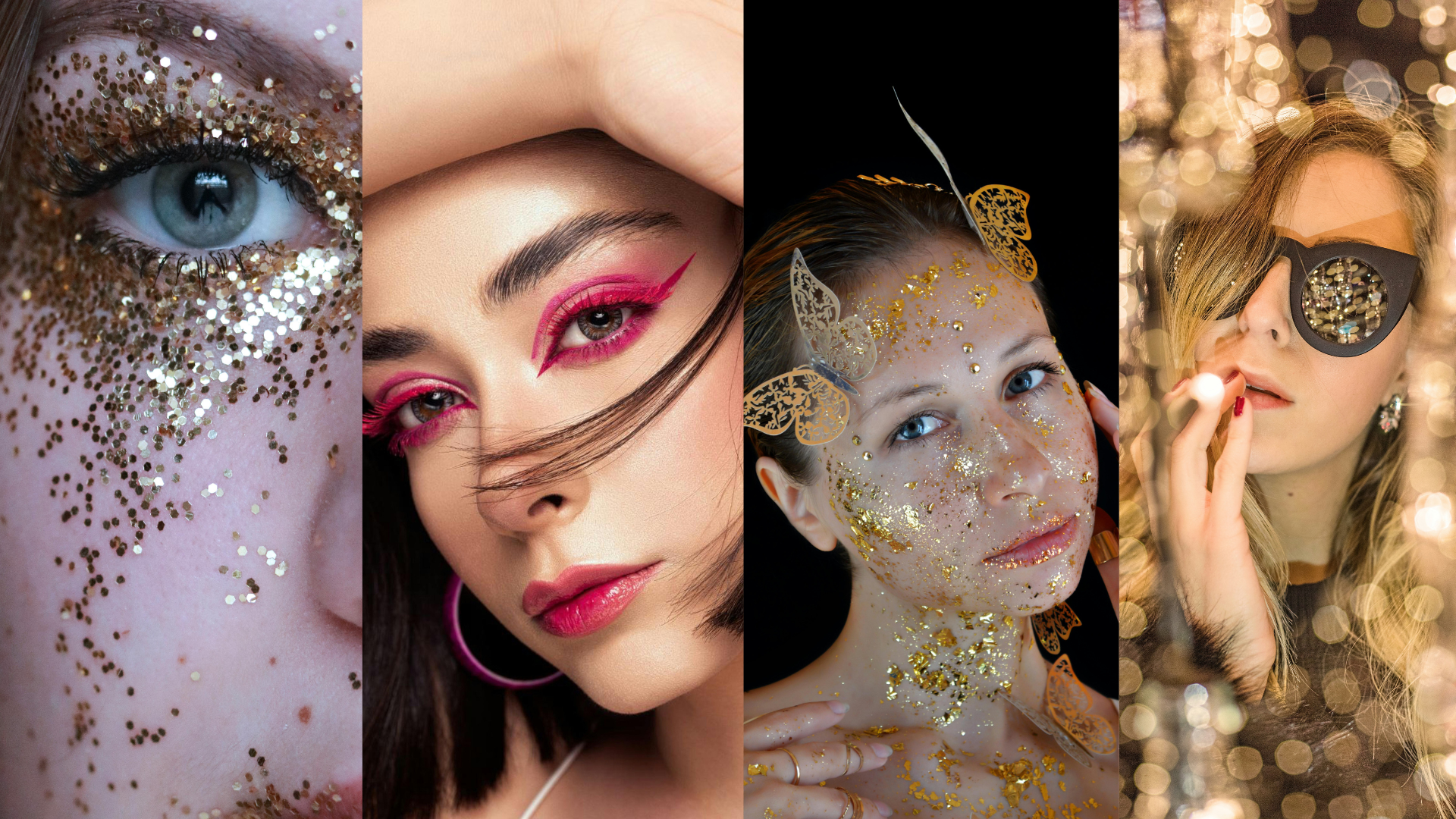
Fashion and glamour have always been inherently connected, either as a means of conveying one’s individuality, or as a mirror of that era’s social atmosphere. While the notion of glamour can refer to the sheens of a film star from the golden age of Hollywood, or the envisioned look from a social media Influencer today, the perception of glamour has multiplied its experiences through time. The changes of glamour in succession reveal not only social fashions, but clues to the culture, advancements in technology, and an overall global experience of what beauty looks like and how style creates our ideal of beauty. If we consider the lights of classic Hollywood to the curated social feeds of the most influential character online today, we see the many definitions of glamour shift and change around the social norms of that time, and with advancements in technology. In this entry, we discuss how glamour in fashion as shifted from the time of Hollywood’s golden age, to the social media influencers of today the varies influencers who define the trendy looks of contemporary culture.
The Birth of Glamour: Classic Hollywood and the Golden Age of Cinema
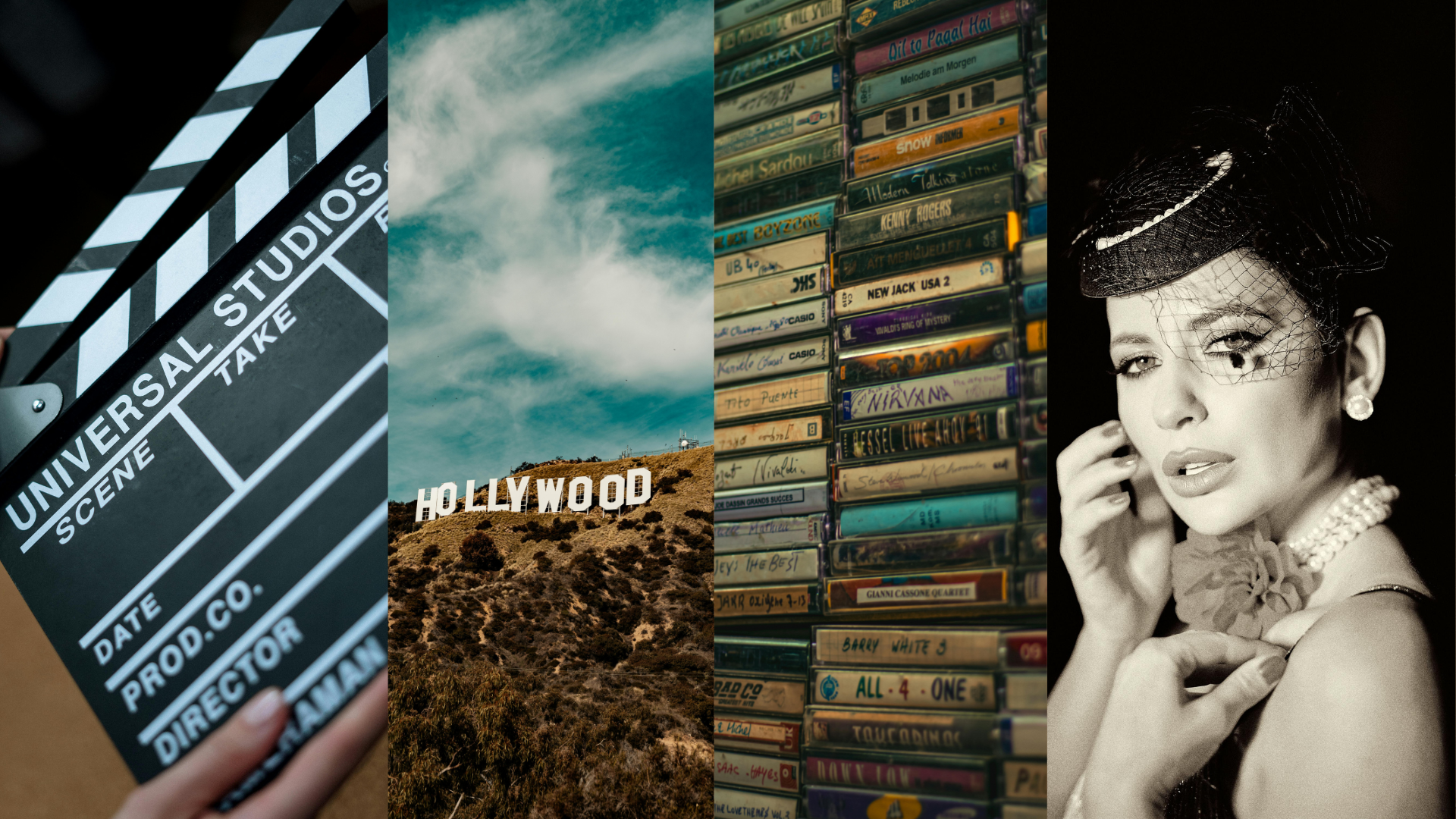
As glamour often conjures images of Hollywood in the 1930s, 1940s, and 1950s, it was the original concept of glamour that was born. The films of this era not only showcased idols, but also offered stars larger than life, setting heroes as icons not only for onscreen ability, but vast aesthetic created by no other. Stars that exemplified glamour included Audrey Hepburn, Grace Kelly, Marilyn Monroe, all synonymous with the word glamour. The male counterparts were as equal: Cary Grant, James Dean, elegance as rarely seen in real everyday life. Designers like Hubert de Givenchy, Edith Head, Cristobel Balenciaga dressed glamorous ladies in gowns and the men in beautifully tailored suit that were not just timeless styles, but designs that were memorable as the films. Styles defined with cut, textiles, and silhouette often defined names with makeup and hair styles that reference each individual design in each film.

This glamorous age was highly curated. Celebrities were regarded as flawless individuals that lived lives of luxury and wealth. They were living adverts for high fashion, with designers and stylists ensuring their public appearance benefited the facades. The media, through publications like Vogue and Harper’s Bazaar, collaborated with Hollywood to amplify the glamour of the stars, who became not only famous but almost worshiped for their style and taste. Glamour, in this way, was aspirational and accompanied by elite exclusivity. It was something to aspire to and heightened by story-telling, which idealized the stars themselves to a point of untouchability. There was an imagined power around fashion and beauty that was associated with established fame, wealth, and status.
The 1960s to 1980s: The Rise of Street Style and Counter-Culture
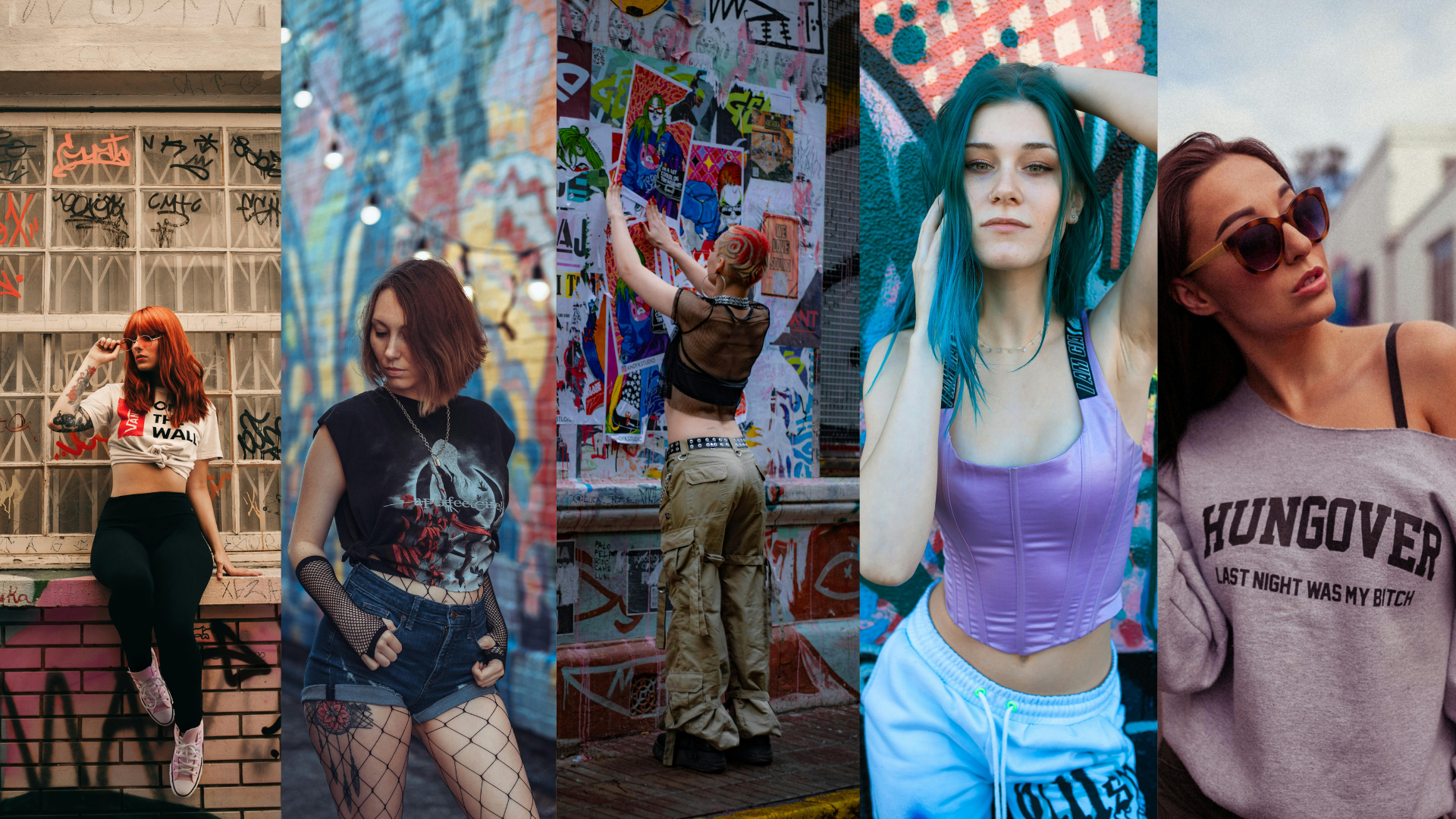
During the 1960s and 1970s, the notion of glamour began to evolve as we experienced a time of social upheaval. The idea of youth culture and the counter-culture movements, along with civil rights movements, began to push back against the traditional ideas of beauty and glamour. Pop stars such as David Bowie, Madonna, and Prince, along with models such as Twiggy and Janice Dickinson, began to redefine glamour and popular beauty ideals. Glamour no longer belonged exclusively to Hollywood; it began to take on a more democratic form and have a more commercialized influence of the everyday person. Fashion was diverse in this time, and people began to wear bold colors and prints and eclectic ideas to express themselves personally. Glamour was not just about polished perfection but also about individuality and self-expression.
Designers such as Jean-Paul Gautier and Vivienne Westwood brought street style into the realm of high fashion. With the ’80s came the era of excess, and an interest in all things loud and exaggerated, while the power suit became an icon of female empowerment. The glamorous, glitzy world of Hollywood faced off against a rebellious street culture (the punk style). Fashion became more accessible, while, in addition to Hollywood icons, musicians and street culture began to gain recognition.
The 1990s to 2000s: Supermodels and the Shift Toward Commercialized Glamour

During the late 1990s and early 2000s, supermodels like Naomi Campbell, Cindy Crawford, Kate Moss, and Claudia Schaffer epitomized glamour while also becoming cultural icons beyond just the runway and magazine pages, as individual expressions of art. As the supermodel phenomenon occurred, it was the period that glamour was presented to the public as particularly marketable and a near-constant markers of unattainable perfection that could be sold to the public through advertising campaigns, television, and music videos. Supermodel went together with high fashion advertising in magazines like Vogue, Elle, and W that featured models with tall and lean bodies in dresses of high fashion to present a glossy and unattainable aesthetic which changed forms from the prevalent fixation of unattainable perfection originally shown in the late 1980s and 1990s. Along with these supermodels, celebrities became public figures and brands themselves. The idea of a personal brand was beginning to emerge, with companies looking to pull famous names onto the modeling stage not just for modeling the clothes, but to represent a lifestyle. With the rise of the internet and e-commerce in the late 1990s and early 2000s came a shift to a more accessible, affordable fashion.
The 2010s: The Rise of Social Media and the Age of the Influencer
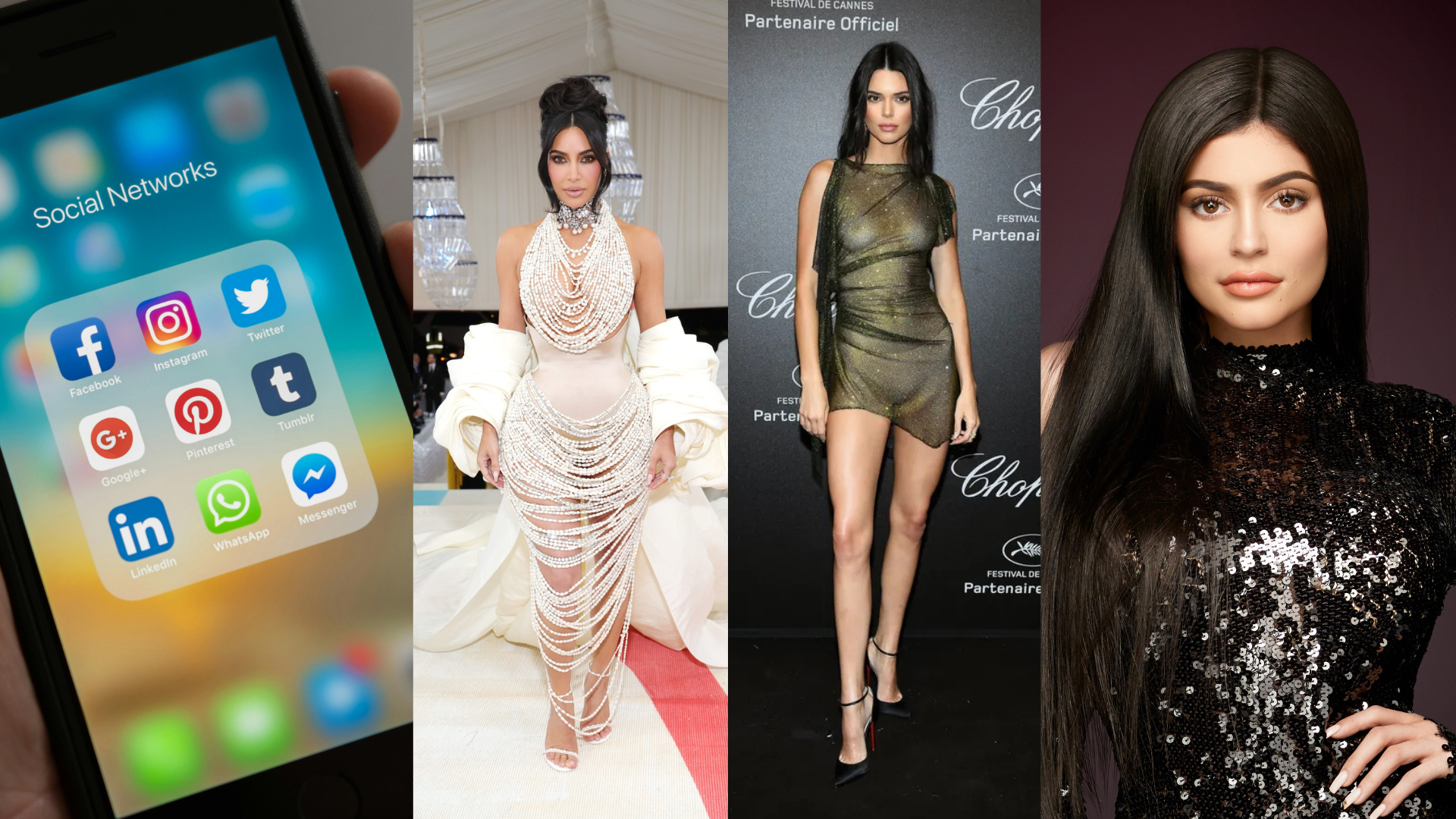
The new glamour style of the 2010s was no longer compelled by towns such as Hollywood or the runway, but grew out of channels on social media, such as Instagram, YouTube, and TikTok. with the democratization of fame came the rise of influencer culture resulting in a reconceptualization of fashion and glamour. Glamour, previously only purchasable (and therefore accessible) by the wealthy or the famous, was now accessible to anyone, with a sense of style. Influencers such as Kim Kardashian, Kylie Jenner, and influencers across the globe, had stepped into the new roles as arbiters of style. In the social media era, glamour was not about exclusivity, it was about accessibility and relatability. Social media also brought with it a new wave of influencers who had framed their looks as aspirational, compelling brands to think about partnering their products with social media rather than traditional models.
The concept of the Instagram “it girl” was conceptualized as an example of this new glamour from selfies perfectly curated to photos posing in an intentionally interesting place to a styled feed. It expressed a very new version of glamour, while still resembling the ideal looks of Hollywood’s glamorous era. Rather than rigidly perfect images of beauties, modern glamour offered self-yet-real photos mixed with high-end fashion clothes. There is a shift in how beauty is curated: instead of unattainable perfection, influencers have demonstrated that glamour is relatable and inclusive with representations of various body types, ethnicities, and personal styles. The types of tutorials, hauls, and influencer relationships brands have created have shifted much of the power to recreate their style to their billions of followers. The influencer’s popularity, coupled with social media, has allowed anyone to gain followers and become the “style icon.”
A New Definition of Glamour
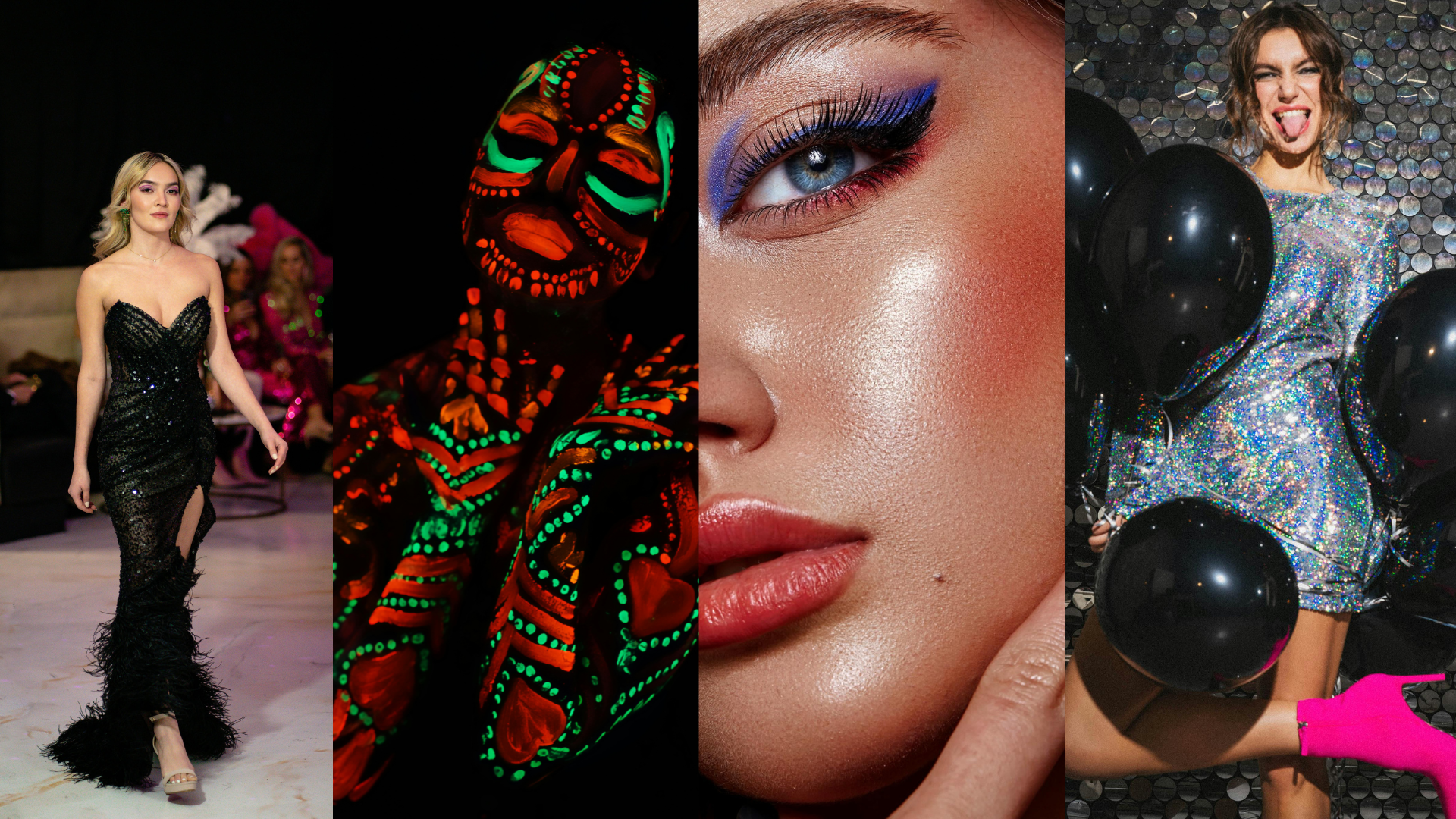
The advancement of glamour within fashion is an insightful portrayal of changing values within society. Glamour has experienced tremendous transformation – From the unattainable, gilded Hollywood glamour to today’s democratized and diverse representations of beauty seen rapidly across social media, glamour is no longer concerned with a sequel few individuals. Glamour has become more open, fluid, and tied to the narratives of individuals from all backgrounds. While the conventional markers of glamour such as luxury, exclusivity, and perfection still hold importance in pockets of the fashion world, the explosion of these representations on social media has changed how we think of beauty and style. Glamour no longer solely ascribes to the big names and luxuriously extravagant experiences. Glamour is now about your own individual ability to express, connect to others, and to inspire millions with your style that is all your own. Who knows what new formats of glamour may emerge as technology continues to evolve such as virtual influences or augmented reality fashion, but glamor in fashion will certainly continue to change while continuing to represent the spirit of the times.

